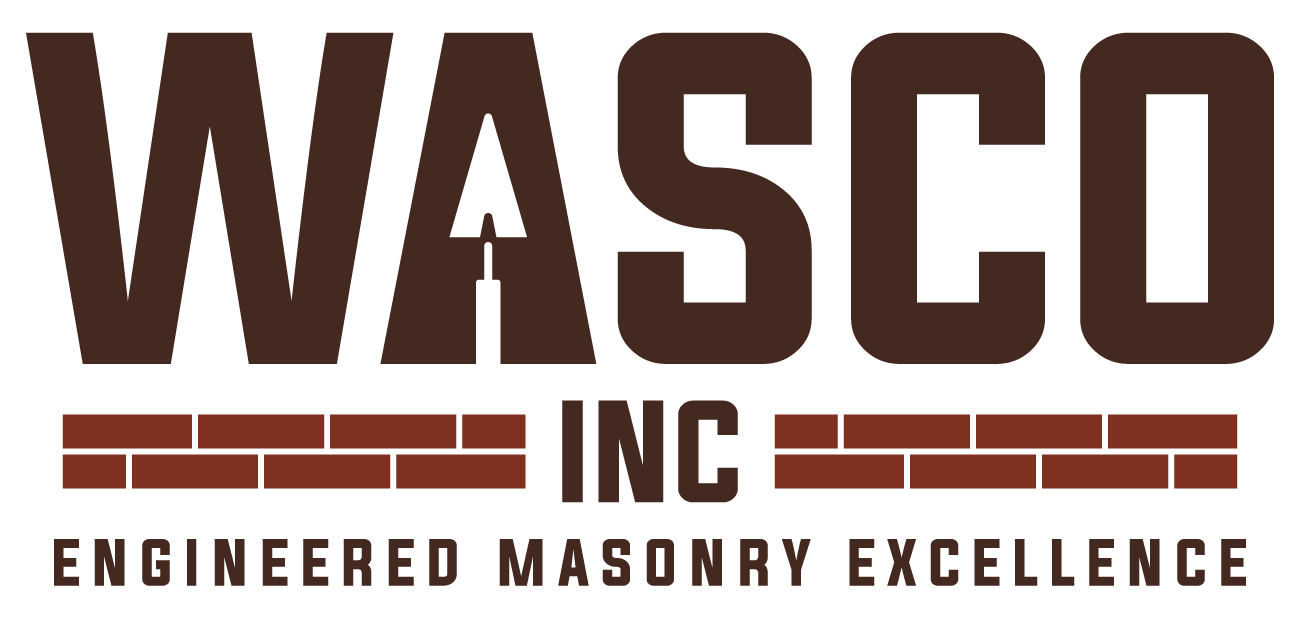Company History Series: WASCO and Lovell’s Part 1
WASCO and Lovell’s: From the same masonry family Tennessee has trusted for decades.

Just 50 miles south of WASCO’s Nashville headquarters lies a longtime outpost of masonry excellence that shares its parent company’s unmatched reputation for quality results and customer satisfaction. When WASCO purchased Lovell’s Masonry Inc. in 1992 at the request of founder Raymond Lovell, the Nashville-based company recognized the value of the Lovell name and its connection to decades of community-defining projects in and around Maury County. WASCO’s then-president and CEO, William A. Sneed, wasn’t about to step in and disturb business as usual—not when its new acquisition was expertly and successfully delivering brick, block and mortar to such attractive structures as Spring Hill’s then-new fire hall and high school, and downtown Columbia’s Hunter-Matthews Building.
Like WASCO, Lovell’s Masonry Inc. is a family-based business with a vested interest in its community. Lovell’s, in fact, has a family history that exceeds even WASCO’s five-generation history (and counting), with masons in the Lovell bloodline going back eight generations. It begins with the Russell family, whose line of masons starts with a Russell male born in 1790.
When Anna Lou Russell became the wife of Raymond Lovell in 1948, her husband promptly went to work for his father-in-law, a brick mason and subcontractor specializing in chimney and flue work in the region around his home in Middle Tennessee’s Maury County. Spending a dozen years learning and mastering his trade under the mentorship of his wife’s father, the journeyman mason then decided to build something altogether new—a business carrying his own family name. After Raymond Lovell first set up shop for himself in 1960, his work began to dot the landscape of Columbia, Tennessee, and vicinity.
For the first couple of years he worked in residential masonry, bricking homes in the area. In 1962, Lovell won his first commercial contract, for a First National Bank. Its actual name didn’t seem to matter much to locals, though, who soon began referring to it as “the round bank,” owing to its uniquely designed, curved radius walls. Commercial projects would follow, with a three-story structure for First Farmers & Merchants Bank and the now-former General Electric building among Raymond’s earliest contracts.
With his brother Billy and two brothers-in-law joining Raymond on local jobs, and Raymond’s nephew Ricky later stepping in to serve a lengthy tenure, Lovell’s Masonry developed a core staff comprised of family members. Anna Lou, as her husband’s secretary and bookkeeper, played a vital role, too. The couple’s son, Ronnie, had signed on and was midway into his apprenticeship by 1966, around the time the company acquired its first forklift—early evidence that Lovell’s was increasingly being embraced as the go-to commercial masonry contractor in Maury County. The county’s only such commercial firm, Lovell’s developed a niche, doing work that cemented the family name as one that remains synonymous with quality and reliability.
Contracts for area schools followed and, in 1980, Raymond recognized that his growing company would need to be incorporated. In the years that followed, his many projects included multi-story buildings located south of Nashville, in the then-new Maryland Farms development that has defined the business district of Brentwood, Tennessee, ever since. But before expanding outward to surrounding areas including Nashville, Lovell’s helped create the landscape of today’s Maury County. Lovell’s craftsmen put their professional touch on such community fixtures as schools, cinemas, grocery stores, pharmacies, churches and banks—perhaps none more distinctive than the surprisingly still-contemporary-looking copper-roofed building now housing downtown Columbia’s Regions Bank.
If Lovell’s had ceased to operate after Raymond’s 1989 stroke halted his active involvement, leading to WASCO’s purchase a few years later, he would nonetheless have left behind a fitting legacy.
